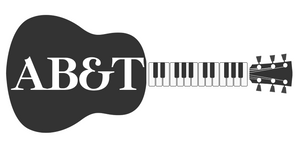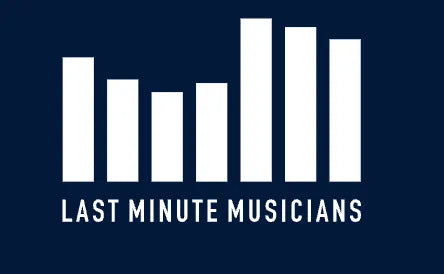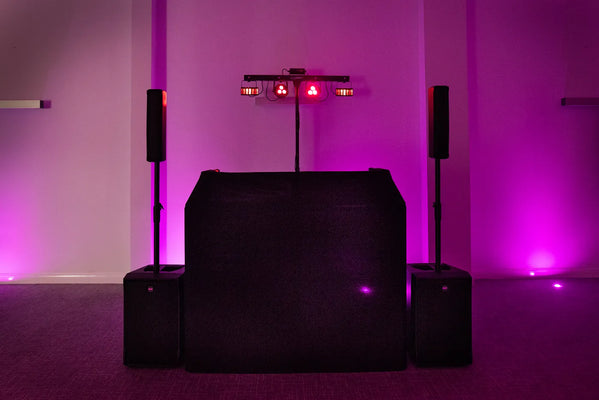What are Acoustic Backing Tracks?
Acoustic backing tracks are pre-recorded songs that you can use to perform with. They come in a variety of forms, including:
- Instrumental versions of popular songs
- Original compositions that don’t include vocals (or have them removed)
- Vocal tracks with lyrics included (for karaoke purposes) or without lyrics (for instrumental performances).
The Benefits of Using Acoustic Backing Tracks
Using acoustic backing tracks is a great way to get started with playing live music. It’s also one of the best ways to improve your skills as a musician, because you’ll be able to focus on what you’re doing instead of worrying about other people’s timing or whether they’re going to mess up.
The benefits of using acoustic backing tracks include:
- Sound quality — The sound quality is much higher than if you were performing with live musicians, since there are no other instruments competing for space in the mix. This means that everything will be clearer and more distinct from each other, which helps when mixing or adjusting EQ settings later on!
- Flexibility — You can change key signatures at any time without needing new arrangements written by someone else (which would take far too long). This also means that if someone wants something specific out of their song but doesn’t know how exactly how it should go down musically speaking…you can just improvise until something feels right!
- Mixing abilities — Being able to adjust volume levels between different instruments makes mixing easier overall — no need for finding musicians who can play well together while making sure everyone can hear themselves properly through their own instrumentation levels being set properly beforehand either!
How to Choose the Right Acoustic Backing Tracks
When you’re choosing acoustic backing tracks, it’s important to consider your needs and preferences. Are you looking for a specific song? Do you want to learn how to play along with a certain artist? Or are you just looking for some practice material that will help improve your skills?
If it’s the latter, then there are many options available in terms of style and difficulty level. For example, if you’re just starting out as an aspiring guitarist or bassist and don’t know much about music theory yet, then songs with simple chord progressions would be ideal (e.g., “Hotel California”). On the other hand, if you’ve already mastered basic strumming patterns but want something more challenging — like learning how to solo over an entire track — then try picking up some jazz standards instead (e.g., “So What”).
Popular Acoustic Backing Track sites include:
Tips for Using Acoustic Backing Tracks
- Experiment with different sounds. You can use acoustic backing tracks to create a variety of sounds, from lush, full-band arrangements to simple, solo piano pieces.
- Layer different tracks. For example, you might layer two different acoustic guitar tracks (one for rhythm and one for lead) or add drums to your mix by layering an electronic drum loop over an acoustic drum track.
- Balance the mix. When mixing multiple instruments together into one song, it’s important that each instrument be heard clearly but not overpowering the others in volume or tone — this is called balancing your mix!
The Pros and Cons of Using Acoustic Backing Tracks
The pros of using acoustic backing tracks include:
- Increased flexibility. You can play with different instruments, experiment with different sounds and styles, and make changes on the fly without having to worry about finding the right musician or hiring them again.
- Improved sound quality. The digital artefacts/unwanted effects that come with using electronic instruments are reduced when you play live with an acoustic band because there are no microphones involved (and therefore no feedback).
Common Mistakes to Avoid When Using Acoustic Backing Tracks
- Not understanding your needs and preferences.
- Not properly balancing the mix.
- Not taking the time to experiment with different sounds.
I Hope this blog has been useful for helping you find and use acoustic backing tracks.














